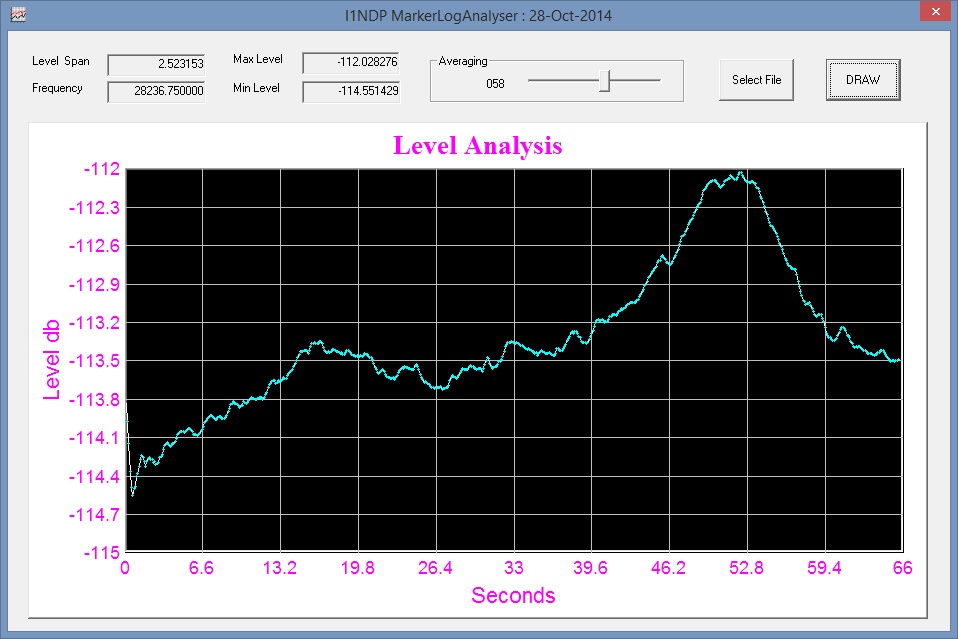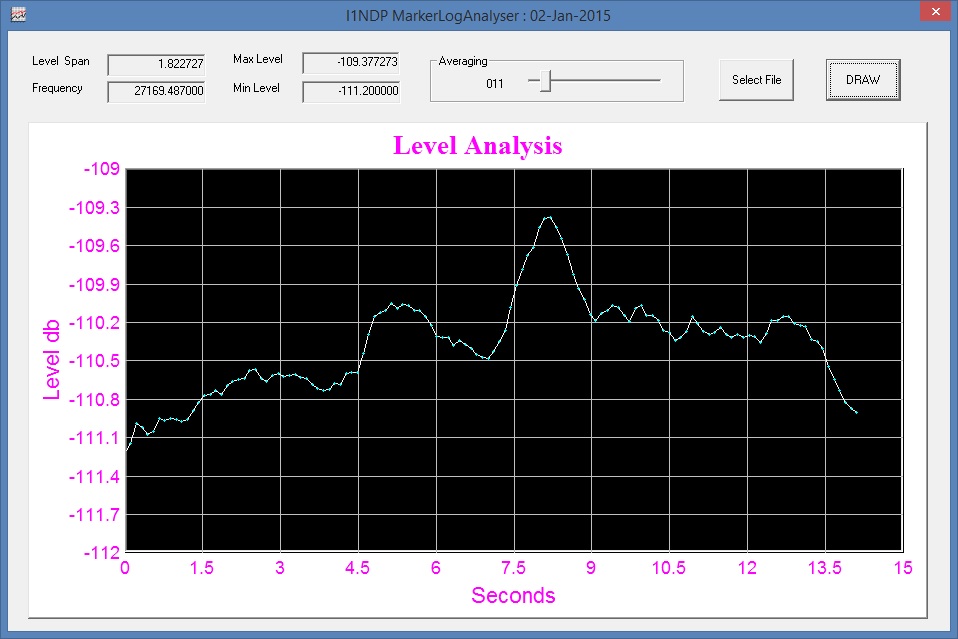
The original purposes for observing radio sources for an amateur
radio station is to check the performance of the receiver chain but
after that is unavoidable a growing interest in radio astronomy
observations on its own. The performance of the receiving system can
be evaluated with a good precision thanks to the availability of
tools for theoretical prediction (thanks to Doug VK3UM for his
software). The graph shows the value of background noise with the
antenna pointing to a cold sky region compared to the noise when the
antenna is beaming into the observed object.
All of the following.
Data were collected using my 23cm 10m dish on 1296Mhz by starting with the antenna off taget and then moving and passing over it.
They show the results together with the predicted values.
It is the closest star and therefore the stronger source of
radio emission for us. The strenght of the emitted field is composed
by different components and is subject to the current level of sun
activity. The prediction takes into account the solar flux value at
the time of observation.

The prediction was 24.5 db
The moon is a source of radiation as a black body emission.
Its intensity depends on the object temperature.

The prediction in case of moon seems not too accurate and
between 0.7 and 0.9 db. br>
Cygnus A is a galaxy 600 millions of light years far from us.
It is between the strongest known radio sources of the universe but because of its distance from us not so easily detectable.

The excess of noise prediction for Cygnus A was of 2.37db
Virgo A is a giant galaxy more than 50 millions of light years far from us and has a big black hole in the middle.
It is a strong radio source but the signal is barely receivable at my observation frequency (1296Mhz)

The excess of noise prediction for Virgo A was of 0.53db
M17 (Omega nebula from its shape) is between 5000 and 6000 light years away from us, very brigth in the visible region but has also an easily detectable radio signal.

I could not find a prediction for M17
Taurus A (or Crab nebula) is 6.500 light years away from us and is the result of a supernova explosion.
It is not visible to the naked eye.
Taurus A has a powerful pulsar at its center.

Predicted excess of noise was 1.23db.
Cassiopeia A is a supernova remnant in the constellation Cassiopeia and is the brightest extra solar radio source.
The distance from the solar system is about 11.000 light years.
Despite the strong electromagnetic field generated it is extremely difficult to see Cas A optically.

Predicted excess of noise was 1.8db.